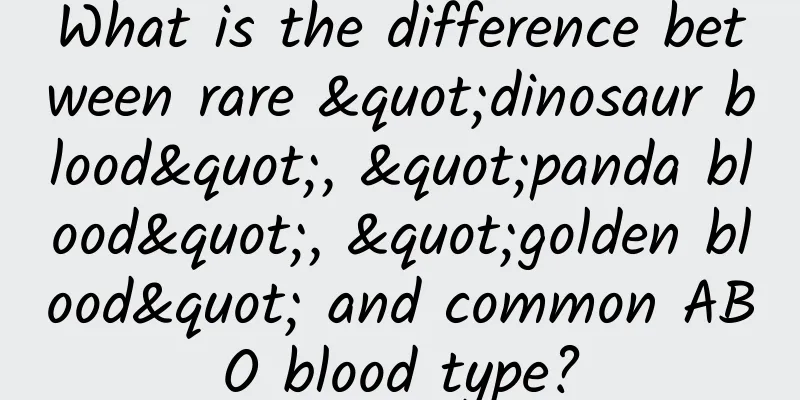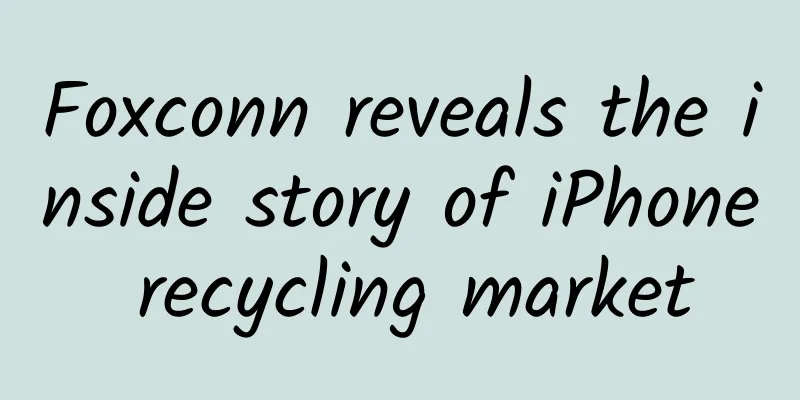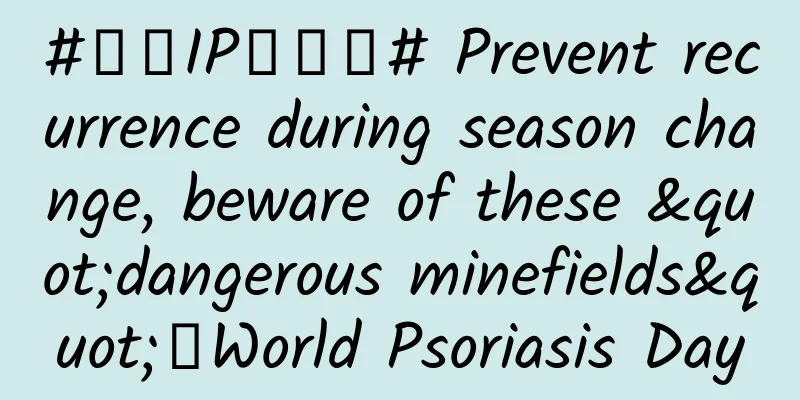What is the difference between rare "dinosaur blood", "panda blood", "golden blood" and common ABO blood type?

|
Produced by: Science Popularization China Author: Shi Wuyao (PhD in Biology) Producer: China Science Expo First aid is a vital task, which is closely related to the knowledge reserve of first aid, the operation level of first aid personnel, first aid equipment, etc. "Blood" is one of the basic substances that constitute the human body and maintain the daily activities of the human body, and it is even more critical for first aid. Blood is the source of life and an important component of maintaining life activities. Blood can transport nutrients, maintain various balances of the body, and resist invasion of foreign bacteria and viruses. When a person suffers an accidental injury, undergoes traumatic surgery, or has severe anemia symptoms, blood transfusion is usually required. A necessary prerequisite for blood transfusion is that the blood types of the donor and the recipient match . blood (Photo source: Veer Gallery) How are blood types divided? The most common blood type system is the ABO type , which is divided into four types: A, B, O, and AB. The reason for the distinction between different types is that the types of antigens on the surface of red blood cells in the blood are different . The "blood type" can be understood as being determined by the types of antigens on the red blood cell membranes in the blood. In the ABO blood type system, there are two types of red blood cell surface-specific antigens that determine blood type, namely antigen A and antigen B. Therefore, blood type A is blood that only contains antigen A, blood type B is blood that only contains antigen B, blood type AB is blood that contains both antigen A and antigen B, and blood type O is blood that contains neither antigen A nor antigen B. ABO blood type (Photo source: Veer Gallery) Dinosaur blood: defective expression of H antigen In addition to the common A, B, O and AB types, what are the characteristics of blood types such as "dinosaur blood", "panda blood" and "golden blood" often mentioned in the news? "Dinosaur blood" is essentially a branch of the Bombay blood type, also commonly known as pseudo-O blood type . As early as the 1950s, scientists discovered the existence of the Bombay blood type in Mumbai, India. In addition to antigens A and B that define A, B, O, and AB types, there is also an antigen H on the blood cell membrane. Although type O blood does not have antigens A and B, its antigen H is normally expressed. Blood under the microscope (Photo source: Veer Gallery) The reason why the Bombay blood type is called pseudo-O blood type is that antigens A and B do not exist on its red blood cell membrane , so it is easy to be confused with O blood type during routine blood tests. But the difference is that the antigen H in the Bombay blood type will not be expressed normally due to the influence of factors such as a gene mutation in the body. Therefore, it is an H antigen expression defect . "Dinosaur blood" belongs to the Bombay blood type in general, and it does not contain antigen H. However, it is different from it in that there are small amounts of A or B antigens in its red blood cells . Therefore, if a "dinosaur blood" woman with pseudo-O blood type and an O blood type man give birth to a baby, it may be type A or type B. "Dinosaur blood" is extremely rare worldwide, with a probability of less than one in ten thousand . When a person with "dinosaur blood" needs a blood transfusion, it is very difficult to find someone with suitable blood in the population, considering the blood type matching. However, due to its family inheritance , the probability of finding a person with suitable blood in the family is often slightly higher. Panda blood: one of the Rh blood group systems One of the reasons why pandas are China's national treasure is that they are rare, and rare things are valuable. "Panda blood" is also relatively rare in the human population. What we call "panda blood" is essentially a kind of Rh-negative blood . In addition to the common ABO blood group system, scientists discovered the existence of the Rh blood group system in the 1940s. The Rh blood group system also distinguishes blood types based on antigens on the surface of red blood cells. The Rh blood group system is relatively complex, with as many as 40 related antigens , but there are only five that are closely related to blood type determination in clinical research, namely D, E, C, c, and e . Red blood cells on a blood smear (Photo source: Veer Gallery) The difference between Rh negative and positive lies in whether the D antigen is expressed on the red blood cells . Those that express the D antigen are Rh positive, and those that do not express it are Rh negative. In the Rh blood type, more than 99% of people are Rh positive, and only a small number of people are Rh negative. When blood transfusion is needed, Rh positive blood can be transfused with Rh negative blood, but Rh negative blood cannot be transfused with Rh positive blood. Golden Blood: The True Universal Blood The essence of "golden blood" is also a branch of the Rh blood type . Not only is the D antigen in the red blood cells of this blood type negative, but all other antigens are also not expressed and are negative. Therefore, golden blood is also called Rhnull blood . Golden blood is truly universal blood, because there is no Rh antigen in the red blood cells , and it will not react with any antibodies in the Rh blood type system, thus causing rejection. People with golden blood are even rarer, and there are only a handful of them in my country. Therefore, once a person with golden blood needs a blood transfusion, there will be difficulties in transfusion and certain medical risks. It can be seen that although blood type is precious, the inconvenience it brings to the owner may outweigh its preciousness. Blood donors are donating blood (Photo source: Veer Gallery) Conclusion Although different people have different blood types, blood is equally important to everyone. Life can be fragile or strong, just like the spirit that "World First Aid Day" wants to convey. We hope that everyone can raise awareness of voluntary blood donation and convey the red bond of true human love. References: [1]Xu Hua, Zhang Jiangeng, Xing Hexiang, et al. Research progress on ABO blood type and diseases[J]. Chinese Journal of Blood Transfusion, 2008, 21(3):220-222. [2] Zhang Cuiyun, Wang Fang. ABO/Rh (D/C/E) blood type test card and its preparation method. CN201910674607.0[2023-09-02]. [3] Guo Ganping, Wu Yuanjun, Ji Yanli, et al. Identification of Bombay-like OHmA by serological tests and FUT1 gene sequencing[J]. Chinese Journal of Laboratory Diagnosis, 2020, 24(8):4. [4] Chen Qiang, Lan Jiongcai, Guo Yiming. Research progress in molecular biology of human Rh blood group system[J]. Chinese Journal of Blood Transfusion, 1998. DOI:CNKI:SUN:BLOO.0.1998-04-028. |
<<: Can rockets be launched from airplanes? The pioneer of air-launched rockets - Pegasus rocket
>>: Science illustration | Stretch out your little hand and swipe your palm to get on the bus!
Recommend
As the app dividend fades, will female players support the second half of Internet traffic?
Although Liang Yongan, associate professor of the...
Android waterfall photo wall implementation, experience the beauty of irregular arrangement Demo
Source code introduction Android waterfall photo ...
Getting started with information flow advertising: How can novices establish a correct data analysis logic system?
How to play information flow advertising ? Who sh...
I have something stuck in my teeth again. What should I use to get the leaf out?
Although dentists have always regarded brushing t...
Taking medicine on time is more important than you think! Don't ignore these situations
When doctors prescribe medicine, they sometimes r...
Only 4% of users have enabled the new features of iOS 14.5 | About 40% of apps were rejected by Apple
Apple added the App Tracking Transparency feature...
Yiche Statistics: In the 49th week of 2023, the weekly sales of Wenjie M7 has reached 4,700 units, ranking first among the TOP10 weekly sales of medium and large SUVs in the Chinese passenger car market.
The world of questions has completely come alive....
In-depth analysis | How did the 400 million yuan worth of advertising and content of "The Debaters" come together so perfectly?
There is a variety show that inserts advertisemen...
4 strategies for private domain marketing
In the era of "traffic thinking", we ar...
Qutoutiao’s Growth Hacker: Decoding 4 User Growth Strategies Before IPO
On June 8, 2016, Qutoutiao 1.0 was launched. On A...
US court postpones Volkswagen 3.0L diesel trial
According to foreign media reports, US District J...
3,000 people share a 100 million yuan cake. How should Zhihu institutional accounts play?
Not long ago, Zhihu announced that the total numb...
Soul-searching question: How many days did the eco-bottle you made in school remain smelly?
Whether it is elementary school, junior high scho...
Remembering! The backbone of China
In the year 2021, which is about to pass, 27 acad...









![【YOTTA】C4D XPresso|From beginner to advanced - C4D skills that experienced animators want to learn [HD quality with materials]](/upload/images/67cc2c8573f5c.webp)